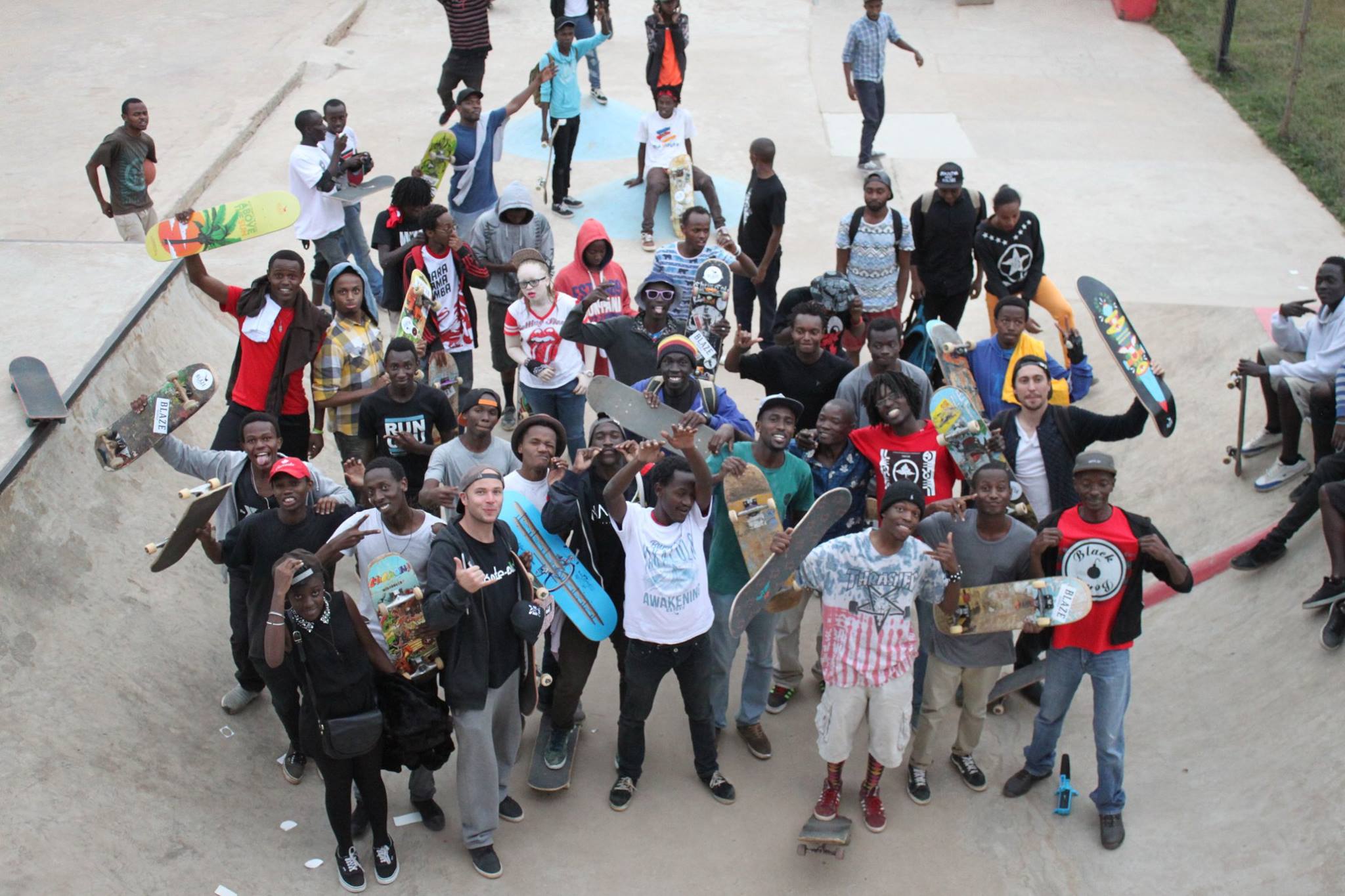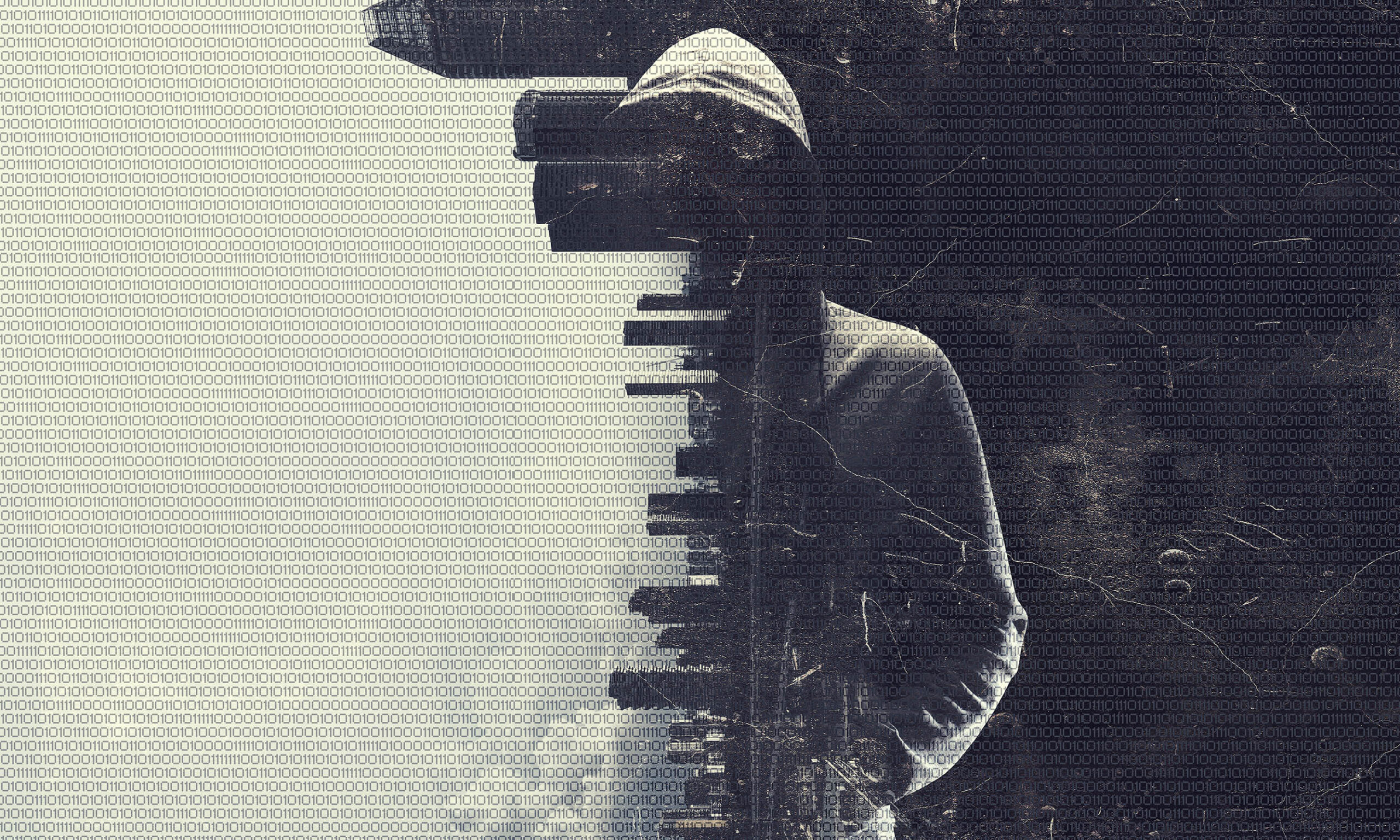Digital technology is an important part of modern life. In our increasingly connected worlds, it is critical that you remind yourself that technology should make your life easier by maximizing value focusing on purpose while avoiding common negative consequences associated with technology misuse, overuse, and abuse.
Almost anyone can benefit from practicing more mindful technology use. It’s challenging to break bad habits and resist the natural tendency to engage in behaviors encouraged by modern tech. However, it’s extremely rewarding to regain control of your own mind, health, and productivity: Therefore short, digital mindfulness is imperative in harvesting the potential of your digital tools and technology, for example, in terms of improving your overall productivity, health, interpersonal relationships, learning, and the quality of your life in general.
Mindfulness commonly refers to a state of consciousness, intrinsic to human beings, and is characterized by a focus on the present moment while being aware of internal and external stimulation(s). In the context of this article, please take some time to reflect on how different dimensions of digital-enabled environments affect you and others around you, including your colleagues at work and your family at home.
I would like to encourage you with this article to start and to remind you to regularly take some time to develop and practice continuous awareness, alertness, openness, presentness, and reflectiveness in your daily life concerning technology (and ideally additionally also all other areas of your life).
Focus on your purpose
“Knowing your life purpose is the first step toward living a truly conscious life. A life purpose provides us with a clear goal, a set finish line that you truly want to reach.” ~Simon Foster
Knowing your (daily) purpose and goal-setting plays a significant role also in driving the effect of digital mindfulness and thus your productivity and overall well-being. Although technology can enhance learning and improve communication between people, it can also interfere on the other side with everything from your physical and mental health to creativity and happiness and everything in between. In the end, it’s up to you to use digital solutions for your own benefit and positive impact at work and in life in general.
Focus on the Essentials
“It is not daily increase but daily decrease, hack away the unessential.” ~ Bruce Lee
Bruce Lee applied this idea primarily to his martial art training, but he also applied it in life — moving towards simplicity of movement, thought, and being — and so can you: It´s about cutting away everything that isn´t essential while the restraining impulse to keep adding on accumulating. Mindful technology use is also about minimalism. That doesn’t mean restricting your use of technology or using as little as possible; instead, it means avoiding wasted technology use. It means not using more apps than you can reasonably handle and focusing on the tech tools that are most beneficial for you (at the current moment).
Remind yourself (always): Purpose of technology
Keep in mind, that “technology should improve your life… not become your life.” ~Billy Cox.
It’s true that technology offers incredible value and can help us connect in ways like never before. But taking regular breaks from all the screens in our lives offers many health benefits for a happy, fulfilling, and balanced life combining the positive aspects of technology in our daily lives. As the saying goes, it is all about balance, therefore everything is in moderation. Simply learning more about the effects of technology can make you a more mindful technology user. For example, if you know that an app has the potential to be addictive, you’ll be inclined to use it less frequently or in less repeatable patterns.
Regularly declutter your (digital) life
“It is not difficult to trim and hack off the nonessentials in outward, physical structure. However, to minimize inwardly, is another matter” ~Bruce Lee
Usually, the amount of information being broadcasted nowadays through phones and computers is quite overwhelming and I find it really helpful to also review the number of inputs and platforms we allow in our lives. Taking the time to clean up my email inbox while signing off newsletters and blocking advertisements also helps me to reduce digital clutter which doesn´t really bring any value to my life. Digital files on our devices can also be another source of collecting a lot of unnecessary clutter in our lives. I usually backup everything on external hard drives before starting to delete and organize my work and private files. After that, I usually delete any unused apps from my phone and also apps, which I can use via a browser from my laptop with the result, that I am looking less on my phone because of receiving fewer notifications. Unfollowing distracting channels and topics on social media also helped me to align my inspiration with my current goals.
Regain your focus
“If we do not create and control our environment, our environment creates and controls us. “ ~Dr. Marshall Goldsmith
To be able to focus is probably one of the most important skills of the 21st century, but unfortunately, it’s becoming much harder for most of us to pay attention because our smartphones, other devices, and (communication) applications are nowadays continuously interrupting and draining us. Some of the long-term consequences (for most people) of being constantly interrupted by today’s hyper-connected digital lifestyle are a chronic state of anxiety, stress, busyness, and a general sense of restlessness. The good news is, that there’s an antidote to this age of digital distraction: That antidote is digital mindfulness, which involves awareness together with developing habits that enable you to focus and concentrate for long periods of time by training your attention and minimizing interruptions.
Start to practice digital mindfulness
“Simply learning more about (the effects of) technology can make you a more mindful technology user.” ~Timothy Carter
Applied to mindful technology use, digital mindfulness involves developing the structure in your daily routine to pay attention to what’s important by eliminating (digital) distractions and interruptions as much as you can. Mindfully using technology also requires intention. You shouldn’t be using technology because you feel like you have to or because they’re a part of your habits or routine; you should be actively choosing to use technology if and when it suits you.
Change your Bad Habits
“Saying NO to the wrong things creates space to say YES to the right things.” ~ Mack Story
It can be difficult to change a bad habit — especially if it’s been deeply ingrained and reinforced for many years. However, there’s always time to change your patterns of behavior. You need to be transparent and aware of your own habits if you’re ever going to improve. That’s why mindful technology use is heavily focused on awareness. Consider tracking how much time you spend on each of your most popular apps and documenting instances where you feel like you’re not in control of your own use of technology. With technology use, most of our patterns rely on triggers and/or repetition. For example, when we receive a notification, we look down at our device; this is a trigger that encourages a natural response, and it’s all too common now that many of us are more and more working remotely. If the trigger continues, your response will likely continue. Breaking a bad habit reliant on a trigger requires breaking the trigger in some way. Ideally, you’d get rid of notifications entirely and only check your communication channels when you truly intend to do so. However, reducing or changing your notifications may already help. Repetition is another issue. If you can engage in the same sequence of actions repeatedly, you’ll easily build a habit, whether you mean to or not. For example, you may mindlessly tap an app on your phone, knowing its location so familiarly that you don’t even have to look at it. Again, you’ll want to break the pattern. In this case, that could mean moving the app to a different location on your smartphone, so you’re forced to think about whether you truly want to open the app or whether you’re doing this mindlessly.
Start to Minimize / Optimize your screen time
Mindful technology use doesn’t necessarily mean restricting your use of technology or using technology as little as possible; instead, it means avoiding wasted technology use while focussing on your goals and priorities. It means not using more apps than you can reasonably handle and focusing on the tech tools that are most beneficial for you in your work and private life.
Eliminate all non-human notifications
A good place to start cultivating digital mindfulness is to eliminate all non-human notifications on your smartphone. This returns your phone to its original purpose of communicating (only) with other human beings.
Unplug From Your Smartphone At Least An Hour Before Bedtime
This is probably at the beginning one of the most challenging tasks for all of us who already conditioned ourselves for many years to use our phones till the last minute before closing our eyes and going to sleep. Various studies show that unplugging from technology can do wonders for your interpersonal relationships and in-person communication. It encourages you to connect with others off-screen and to compose your thoughts, instead of relying on a text-based medium. Sleeping patterns can be disrupted when receiving endless notifications and alerts on your devices. Although we all enjoy the occasional funny meme or tweet, it’s good to take the occasional break from social media and work emails. Recent research shows that sleep quality was negatively impacted by both mobile usage and social media. Other research suggests that the blue light from the screens on our computers and phones makes it harder for us to fall asleep. This implies that we should probably put the technology away before going to bed.
Don´t use a smartphone at least an hour after getting up
We all know the extensive benefits of technology. It makes it easier to catch up with loved ones, makes work more efficient, serves as an outlet for creativity, and the list goes on! Despite all these positives, there is a lot to be gained from occasionally unplugging. It gives you the chance to relax, reflect, enjoy the outdoors, and catch up with family and friends in person. You may even find that you enjoy disconnecting and having the opportunity to recharge more often. The scientifically- proven benefits of taking a break from technology can be taken advantage of at any time. You can do so for an hour in the morning, in the evening before bed, or during meal times. The specific time is insignificant, the most important thing is having the discipline to know when and how to disconnect.
Charge Your Smartphone Outside Your Bedroom
“The best bridge between despair and hope is a good night’s sleep.”
~E. Joseph Cossman
This is probably one of the simplest hacks with the most impact on your life: Being able to sleep and recharge at night without any distractions by sound or (blue) light through notifications will give you a totally different quality of sleep and therefore more energy for your next day(s).
Regain your Happiness
“Technology is a useful servant, but a dangerous master”
~Christian Lous Lange
Most Social networking platforms have a reinforcing nature. They are purposefully designed to keep us coming back for more. The truth is, that many of us are spending way too much time on apps and sites that have an adverse effect on our happiness. In-depth research has shown a link between heavy social media usage and an increased risk for depression, anxiety, loneliness, self-harm, and even suicidal thoughts. According to the Wall Street Journal, Facebook was well aware of the possible mental health issues caused by its two social media apps, Facebook and Instagram, but turned a blind eye to the problem and played down the significance in public. If you’re a heavy social media user, try a digital detox. Studies have shown that it can do wonders for your mental health and lead to a significant improvement in well-being. Try and limit your social media usage moving forward. According to a large-scale study, published by the National Library of Medicine, participants who used social media occasionally were three times less likely to be depressed than heavy social media users. Another important study from the Journal of Social and Clinical Psychology found that individuals who limited their social media use to just 30 minutes per day have significantly lower depressive and anxiety symptoms compared to those who spend more time on social media platforms.
Be an inspiration (for your children)
“Kids don’t remember what you try to teach them. They remember what you are.” ~ Jim Henson
The best way to help your child achieve mindful and sustainable technology use is to model the same behavior yourself; your child, teen, even collegues at work and friends are watching you and how you manage your tech use and they will be far more likely to adopt healthy technology use if they see you doing the same.
(I have collected ideas and inspiration from various articles and sources in order to spread the idea and message of mindful technology use. I hope the contributors/authors are okay with me organizing their ideas and insights into this article…)


